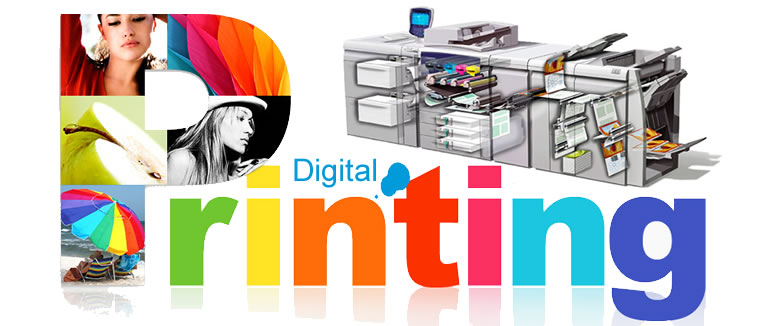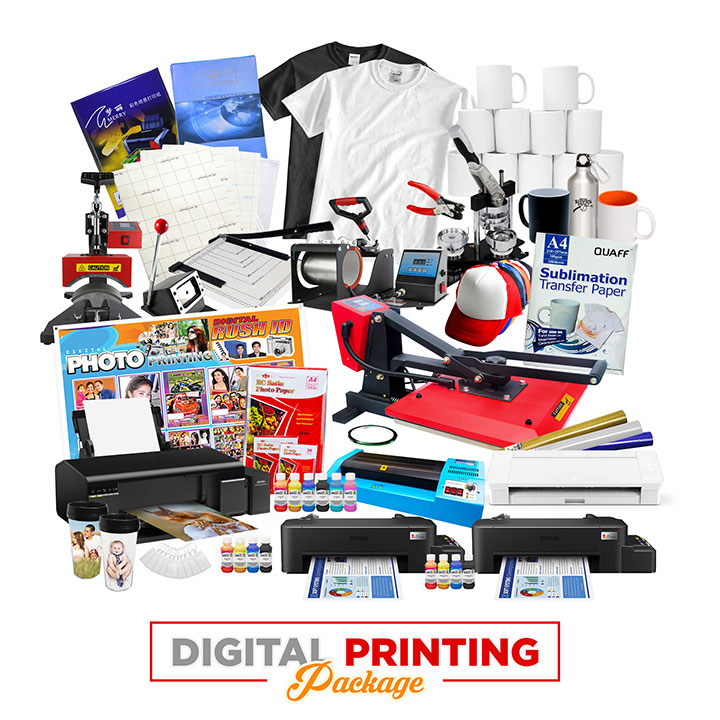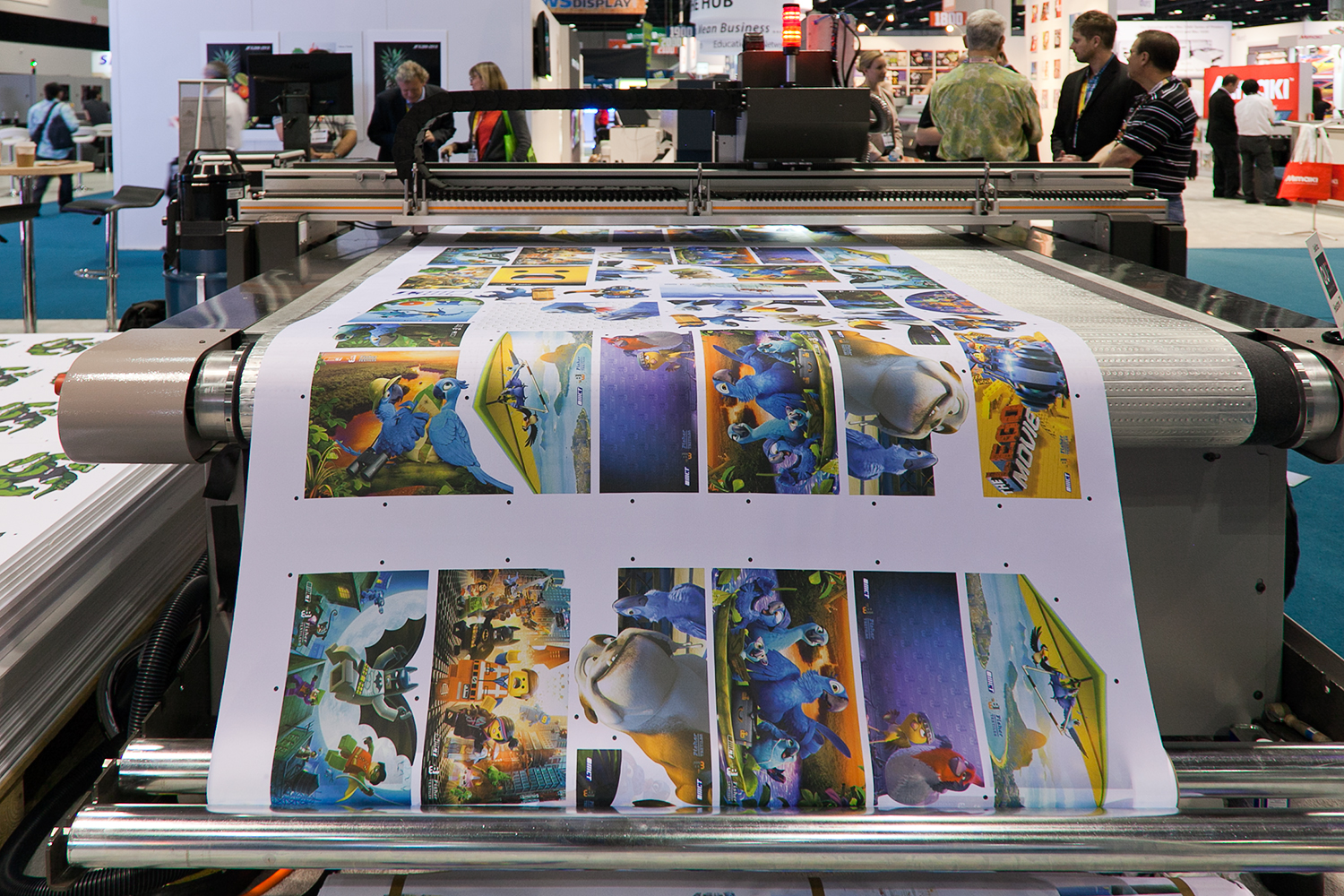The Facts About Digital Printing Revealed
Table of Contents8 Simple Techniques For Digital PrintingThe Definitive Guide to Digital PrintingGetting The Digital Printing To WorkNot known Details About Digital Printing Not known Factual Statements About Digital Printing The smart Trick of Digital Printing That Nobody is Talking AboutThe Ultimate Guide To Digital PrintingSome Known Details About Digital Printing
Customization additionally allows businesses to stick out in a jampacked market by producing distinct marketing materials that separate them from their rivals. One of the primary benefits of electronic printing is the ability to print variable data. Each printed item can be special, permitting organizations to develop individualized advertising and marketing products that talk directly to their target audience.Digital printing likewise permits for modification in the design of advertising and marketing materials (Digital Printing). With electronic printing, companies can create layouts that are unique and customized to their specific demands.
7 Simple Techniques For Digital Printing
This benefits services that want to evaluate different marketing methods or launch new services and products. By printing smaller sized quantities of advertising products, companies can minimize waste and stay clear of the need for excess inventory. Digital printing is likewise versatile. It can publish on different materials, consisting of paper, cardstock, plastic, and steel.
By using different materials and formats, organizations can develop distinct advertising materials that stick out from their competitors and stand out from their target market. Digital printing additionally uses uniformity. With standard printing techniques, there is commonly variation in between prints due to distinctions in ink coverage, stress, and other variables.
This consistency can help construct client count on and reputation, revealing that the business is committed to supplying premium products. Consistency is particularly important for companies that intend to develop client depend on and reliability. By making sure that every print corresponds, organizations can reveal that they are dedicated to supplying high-quality products and taking note of the information.
Getting The Digital Printing To Work

Additionally, digital printing produces much less waste since it can publish on need and in smaller quantities, decreasing the need for excess inventory and materials. Digital printing additionally uses less energy compared to traditional printing methods. Digital printers do not require as much energy to operate, as they do not require to warm up as a lot or utilize as much power to run.
How Digital Printing can Save You Time, Stress, and Money.

Balanced out printing calls for a plate for every shade printed. Typical balanced out printing is a print method that utilizes aluminum plates to transfer ink onto a rubber sheet (commonly described as a "covering"). The photo is after that rolled onto the printing surface. This printing method is taken into consideration "balanced out" because the ink is not transferred to the paper directly.
Digital Printing Can Be Fun For Everyone
Although the equipment's set-up prices are high at first, added units come to be relatively cheaper as the quantity increases. Balanced out printing enables a broad array of print products to be used throughout manufacturing. It enables the printer to use various paper types, customized finishes, and numerous inks. The premium pictures generated with balanced out printing make it the preferred method, specifically amongst graphic developers, when looking for the best color recreation, detail, and professional-looking prints.
The fundamental printing approach remains here balanced out. For electronic inkjet find printing, ink is transferred directly onto the surface area. Instead than counting on aluminum plates and rubber blankets to move a picture, electronic printing utilizes fluid ink throughout production. Traditional home inkjet printers are among the most common digital printing techniques.
Fascination About Digital Printing
Much better color integrity describes both the precision of the shades and their balance in the design. Since offset printing can blend customized color inks for every job, it will normally obtain the colors spot-on. Works similarly well on practically any kind of product. Reliable, remarkable picture high quality. Count on balanced out printing for tidy, distinct kinds and images without touches or places.
It costs a whole lot to start an offset job. You have to invest money right into creating the plates, which takes some time. Once you've invested it, all of the materials are prepared to go, and you'll spend much less on huge countered jobs than a digital print, which is about the same per piece no issue just how huge the task obtains.
Digital printing is much less costly for low-volume jobs. The rate per unit goes down for electronic printing, so at some factor, they crisscross. Altering info within a single print work.
Indicators on Digital Printing You Should Know
While digital printing or inkjet printing is the recommended choice in the existing times, there are engaging factors to transform from offset to digital printing systems. When publishing countered or digitally, vital choices and processes are involved in shade matching.
Whichever the situation, the color will need to be matched. Shade matching of electronic printer ink is no more testing with dyes and pigments. Industrial inkjet printing supplies flexibility site link for printing on numerous various substratums. Digital printing is excellent for consumers that do not require longer runs and warehousing products.

One benefit of electronic printing is picking from a large range of digital substratums. With balanced out printing, substrates make up, typically, 30% of the price of the work. With electronic printing, the cost of the substrate in the general work is minuscule. This permits even more options than ever before, which benefits marketing experts and businesses.
4 Simple Techniques For Digital Printing
drop-on-demand is the second printing innovation to consider. Continual inkjet systems need considerable maintenance, more driver training, and higher downtime. Tools expenses in inkjet printing are far reduced than offset printing as there are no plate-making, plates, and press costs. Beyond the capital spending, the prepress tools and printing presses need highly knowledgeable drivers in countered printing, which adds labor prices.